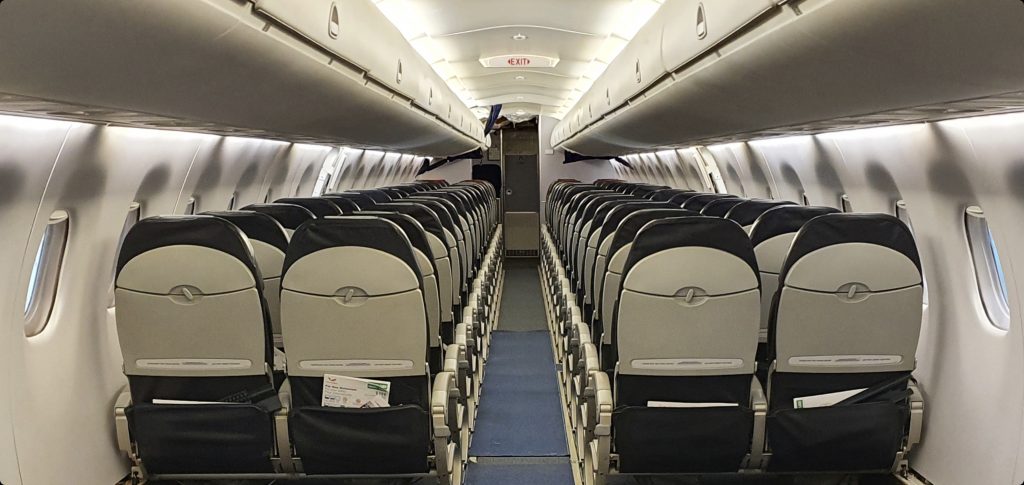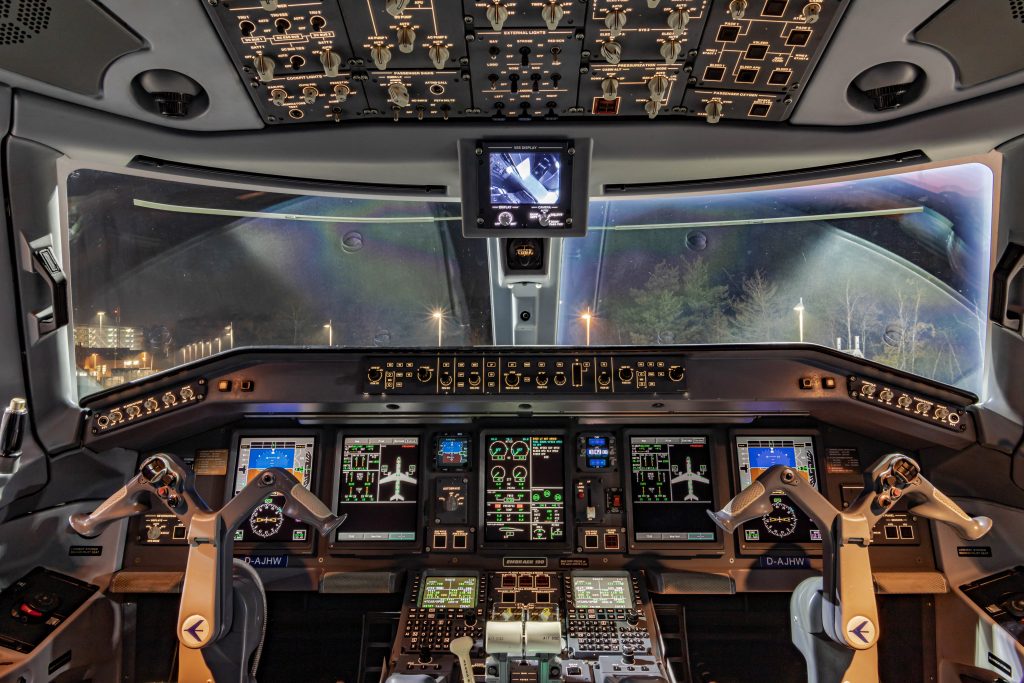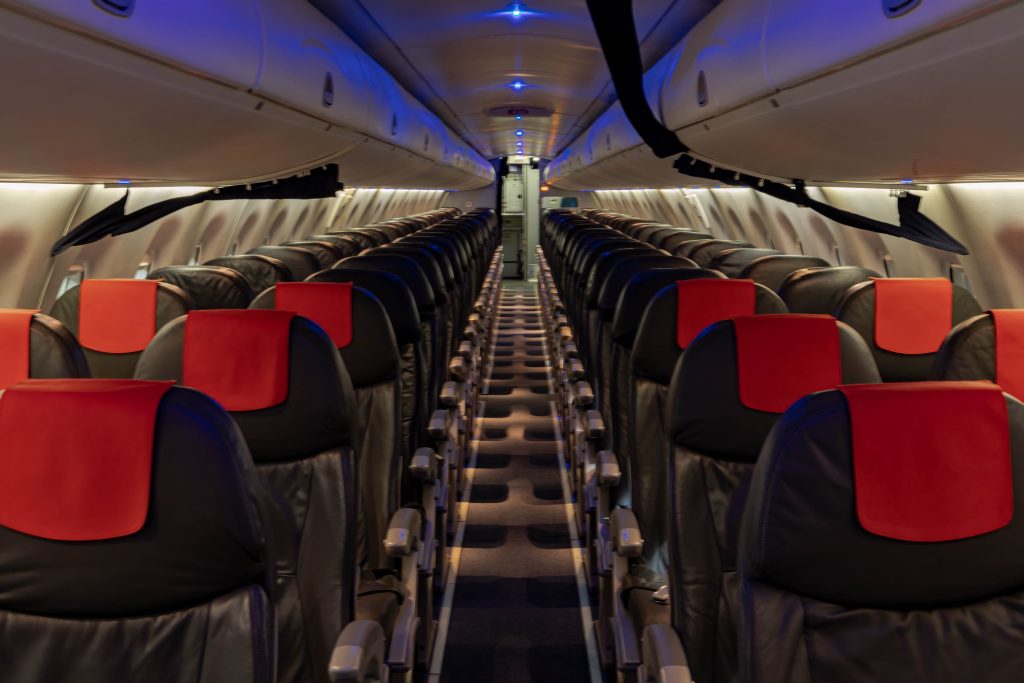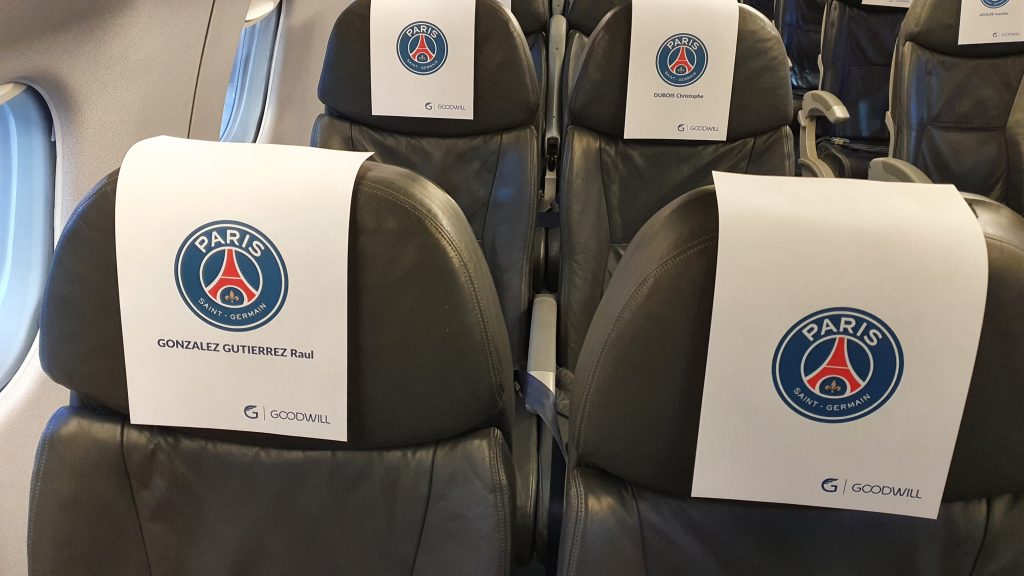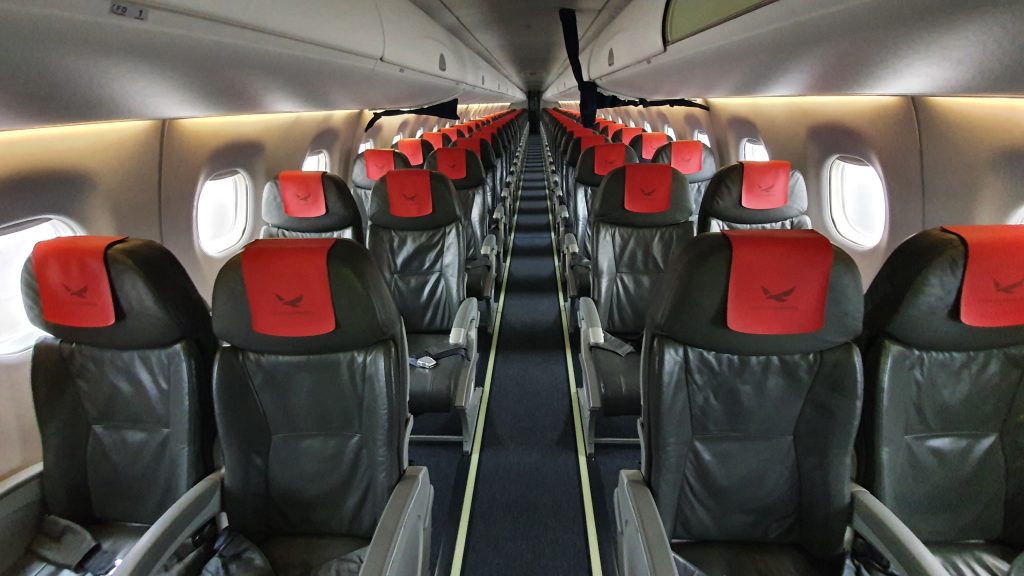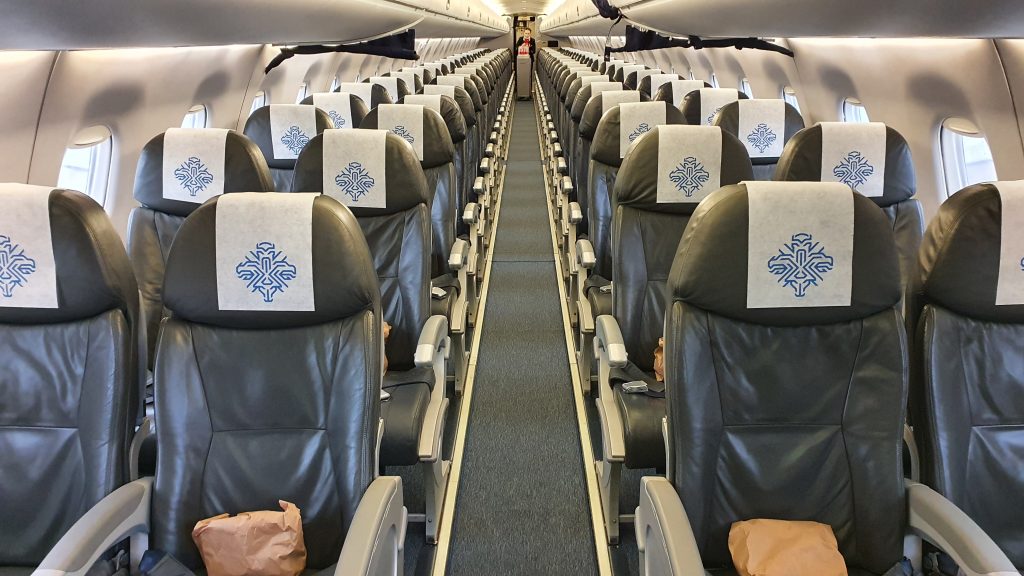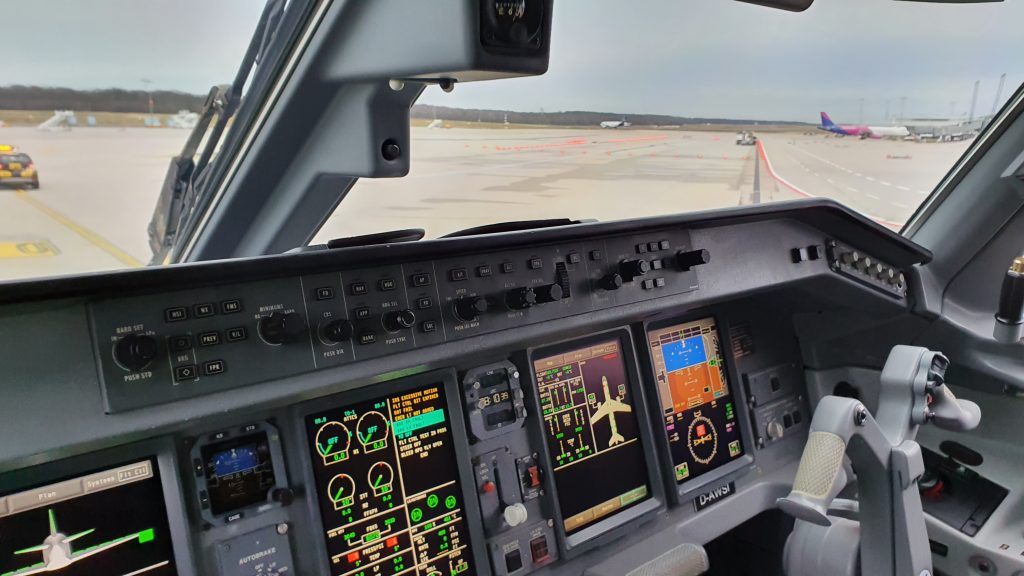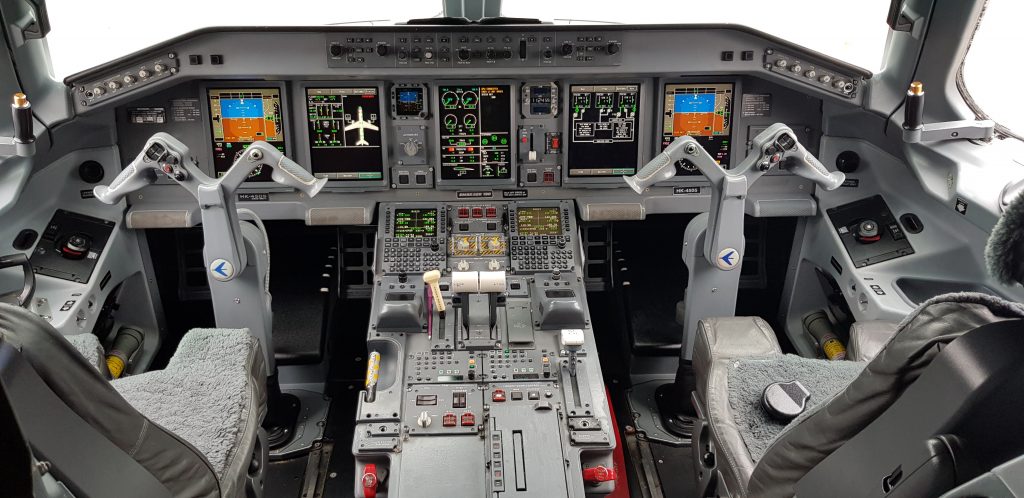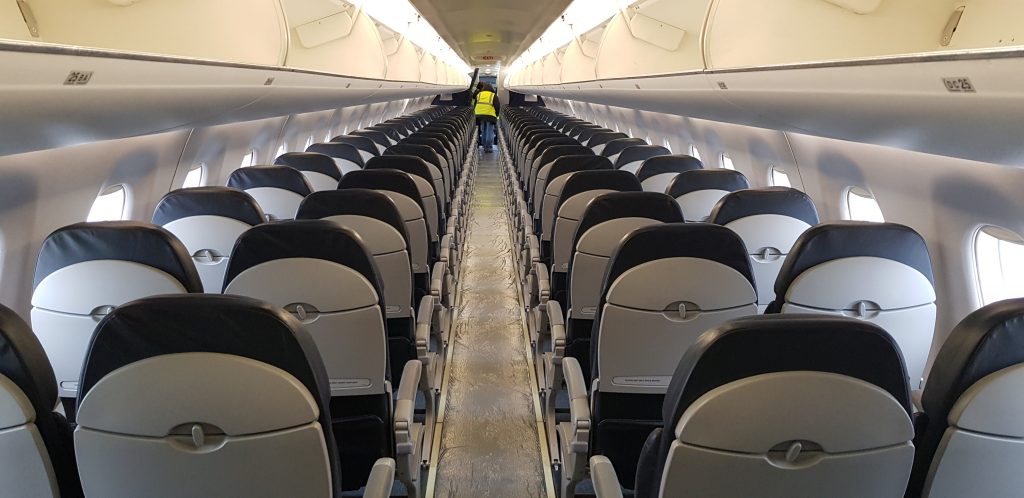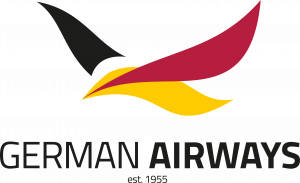CLEAN AIR. CLEAN CABIN. SAFE FLIGHT.
The rationale for keeping the same safe distance on an airplane as you would on the ground is understandable. Yet it may surprise you to learn that cabin air circulation and ventilation inside an aircraft are carefully engineered to disperse and re-direct contaminants. In fact, most aircraft exchange their entire volume of cabin air 20 to 30 times more frequently than the air in an office, and 5 to 6 times more than hospitals.

Go with the Flow
The air in an Embraer E-Jet cabin is completely refreshed at least 20 times every hour. The air circulates through strategically placed vents and upper and lower air inlets around the overhead bins.

We conducted a series of CFD (Computational Fluid Dynamics) tests and simulations of cabin air flow years ago during development of our E-Jets. Our objective was to ensure that airborne contaminants were effectively directed away from passengers. In other words, droplets, like those generated by talking, coughing, and sneezing, are dispersed vertically and channeled away from other passengers as much as possible.
We found that the correct positioning of the PSU gaspers in relation to a person’s head, and the resulting airflow, creates a kind of air curtain, or air barrier. The cone-shaped flow pattern from the gasper directs particles to air return grills located near the cabin floor. This minimizes cross-contamination between rows although the seat banks themselves serve as natural blocks to exhaled droplets. Forward-facing seats also minimize direct face-to-face passenger interaction.

Onboard HEPA Filters
Did you know that the most common droplets that people expel are between 4 and 8 microns in size? The heavier ones fall close by and collect on surfaces, like seats and clothing. The smaller ones, however, can remain suspended. Aircraft-grade HEPA filters, like those on every E-Jet, are extremely efficient. In fact, they’re 99.97% effective in trapping airborne particles and other bio-contaminants as small as 0.3 microns.
This technology is also available on business jets. In addition to the lowest cabin altitude in the class (5,800 feet) and 100% fresh air capability, Embraer is now making the HEPA filter standard on all Praetor 600 and Praetor 500 aircraft, and approving the use of MicroShield360, a preventative coating system that, when applied to aircraft interiors, continuously inhibits the growth of microbes on surfaces. The combination of these new and existing features equates to cabin health that is unparalleled in the medium cabin segment.
Gallery Jet
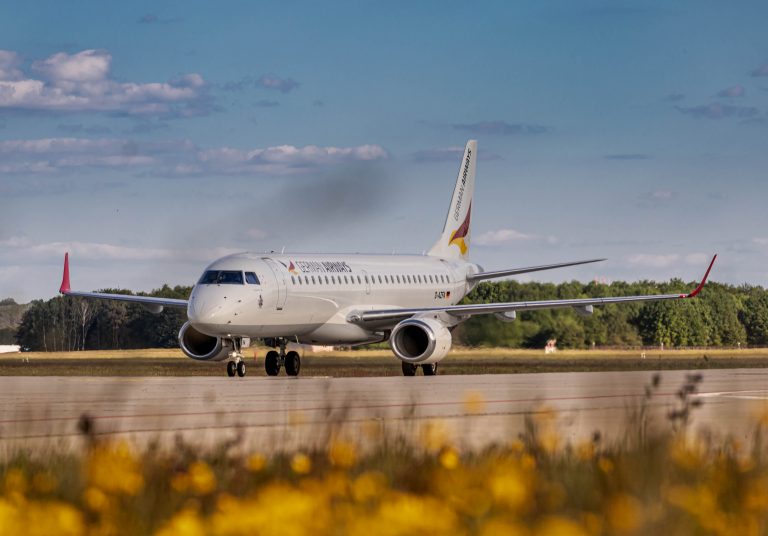
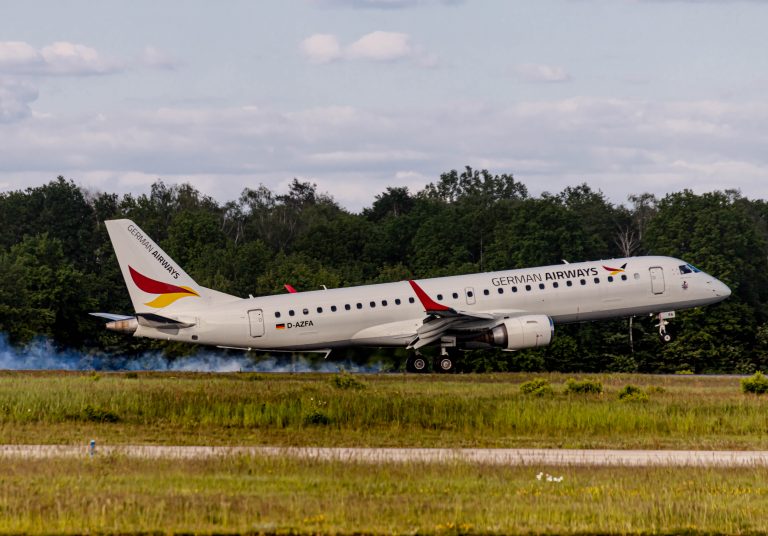
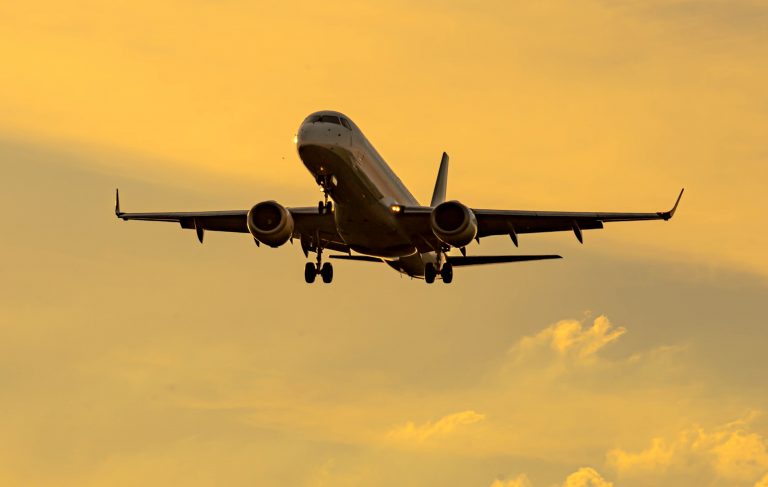
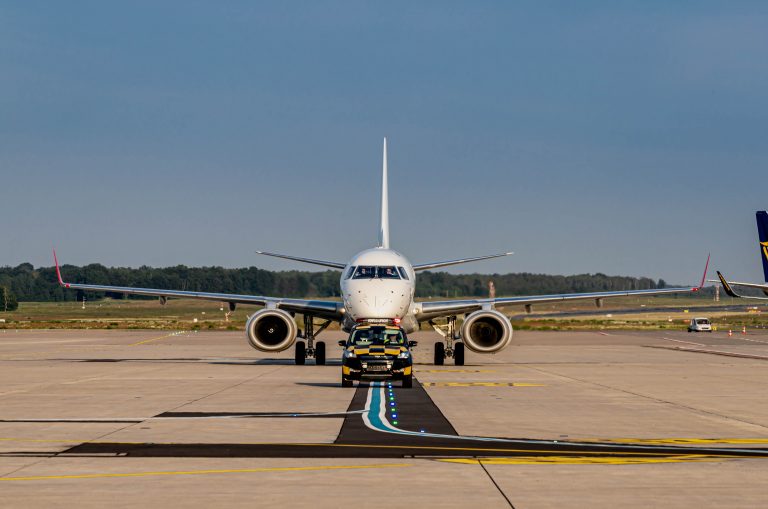



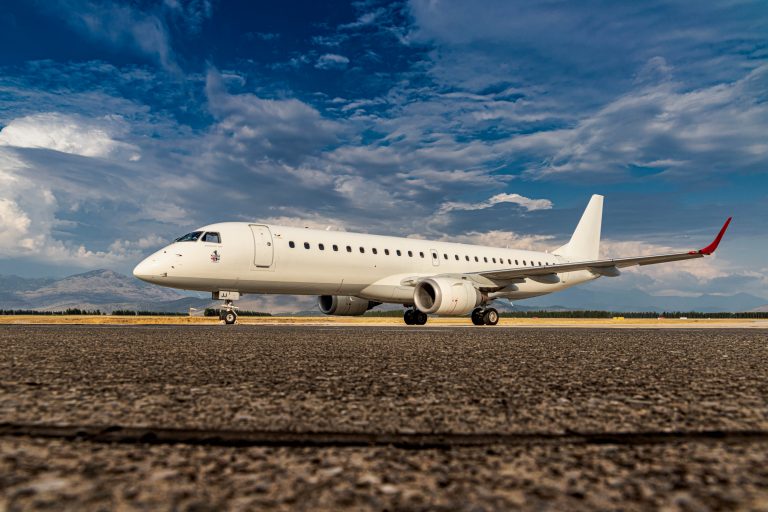
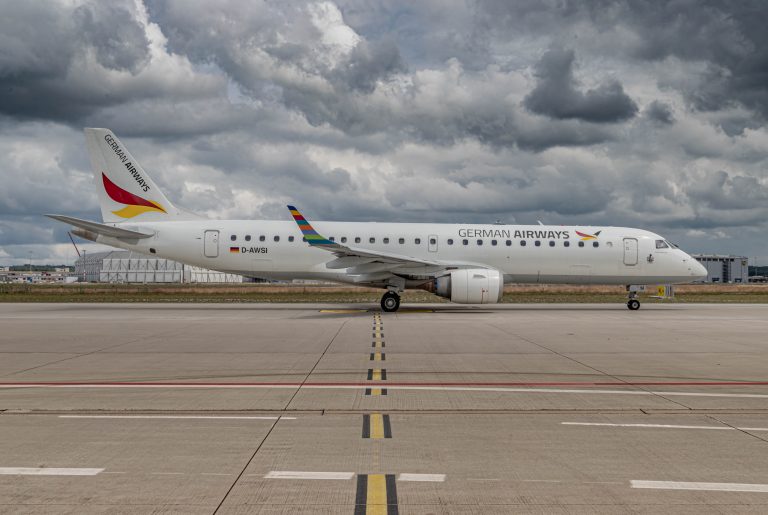
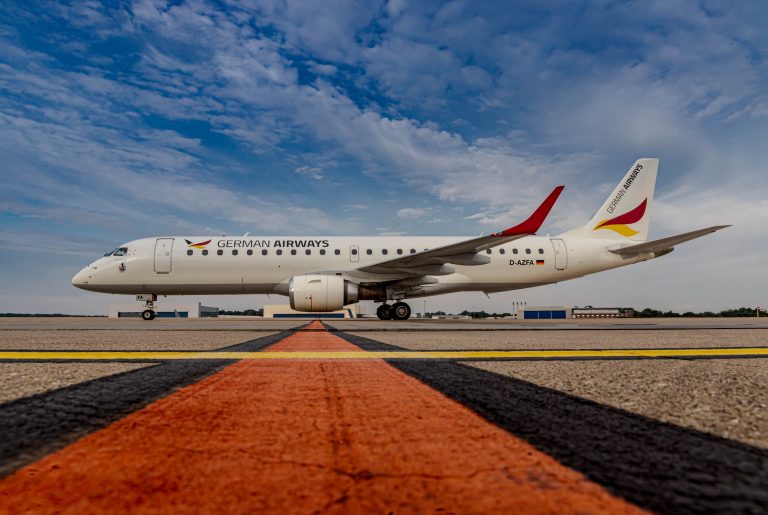
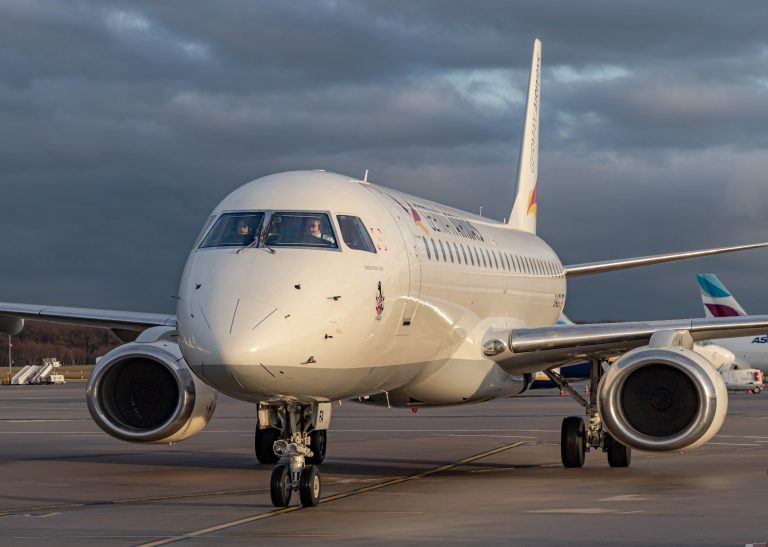
Gallery Cabin
